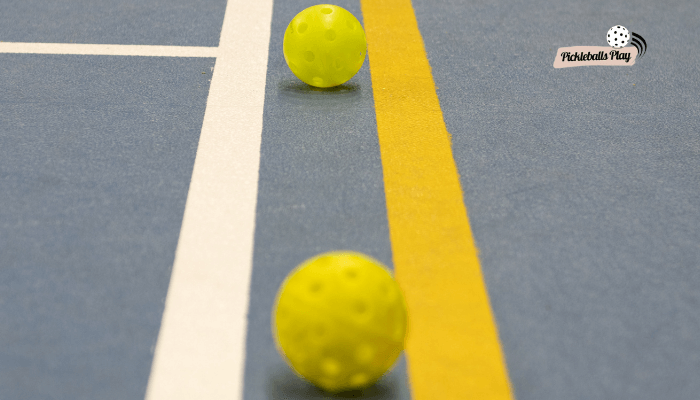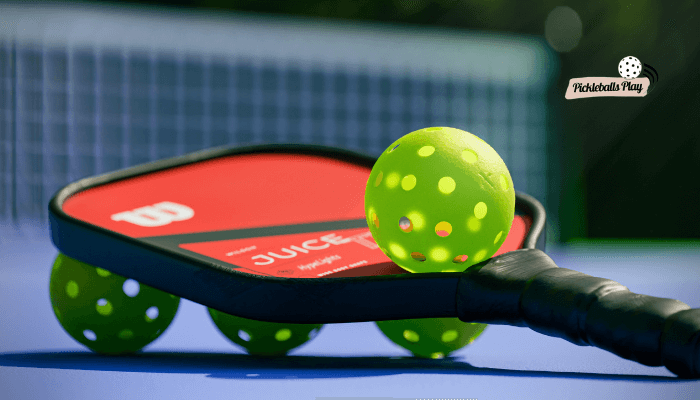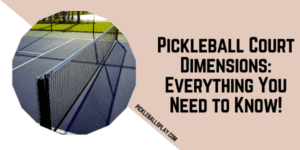Hey there, pickleball enthusiasts! Are you ready to dive into the fascinating world of pickleball? Today, we’re going to explore a crucial element of this increasingly popular sport: the baseline. So, let’s get started!
What Is the Baseline in Pickleball?
The baseline, my friends, is the boundary line that separates each side of the court. It’s where all the action begins in a pickleball game. In singles, each player stands behind their own baseline, while in doubles, one player is positioned at each end. Simple, right?

Now, the length of the baseline can vary depending on whether you’re playing indoors or outdoors. Indoor courts typically have a 20-feet baseline, whereas outdoor courts can stretch up to a whopping 36 feet. The width of the baseline remains consistent at 10-20 feet, regardless of indoor or outdoor play.
When serving and returning serve, players must hit their shots from behind the baseline. But once the ball is struck over to the opponent’s side, they’re free to move around the entire court.
The Non-Volley Zone (NVZ) near the Baseline
Ah, the non-volley zone (NVZ), the area adjacent to the baseline. In pickleball, we must respect this 7-foot long zone that extends from the baseline to within 7 feet of it. During play, players are not allowed to volley any shots within this zone. They can only ground stroke or hit overheads. If you violate this rule, your opponent scores a point. It’s all about fairness and maintaining a competitive game.
Benefits and Downsides of Playing at the Baseline
Playing at the baseline can give you an edge against your opponents, but it may not always be the ideal position for every player. Let’s look at the pros and cons:
One benefit is that hitting deep shots or using aggressive backspin strokes can move your opponent off their spot, allowing you to dictate play. You also have more time to react to shots down the line or cross-court. Plus, your court coverage is exceptional because you’re closer to both sidelines.
On the flip side, there are some downsides to consider. Short balls directed towards your feet can make it harder for you to get into position.

8 Strategy Tips for Using the Baseline Effectively
What if I told you that mastering the baseline could skyrocket your pickleball skills? Here are eight strategy tips to help you achieve just that:
- Increase your court positioning and dominate the net.
- Utilize angles, vary your shots, and exploit your opponent’s weaknesses.
- Play each point strategically and maintain a good balance of defense and attack.
- Use lobs and drop shots to distract opponents and regain your position.
- Enjoy the benefits of slower pace plays, which give you more time to move.
- Move fluidly from side to side, block shots with your body, and fake out opponents.
- Stay nimble and ready to pounce on opportunities when they arise.
Recap and Wrap-Up
Alright, let’s take a moment to recap what we’ve discovered about the baseline in pickleball. It’s a crucial part of the game, marking boundaries and providing strategic opportunities. Understanding the rules surrounding the baseline can help you gain an advantage over your opponent and win more games.
Remember, even if you’re a beginner, grasping the basics will immensely improve your game. So, take the time to try out different strategies and develop your skills in using the baseline effectively.




